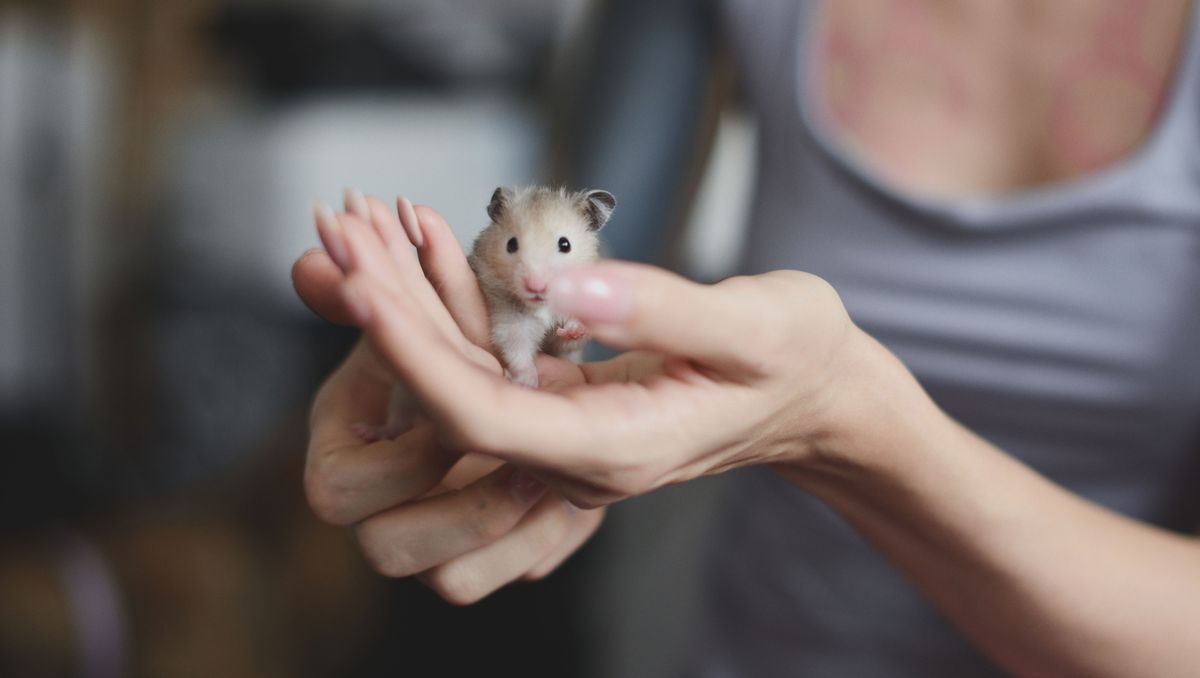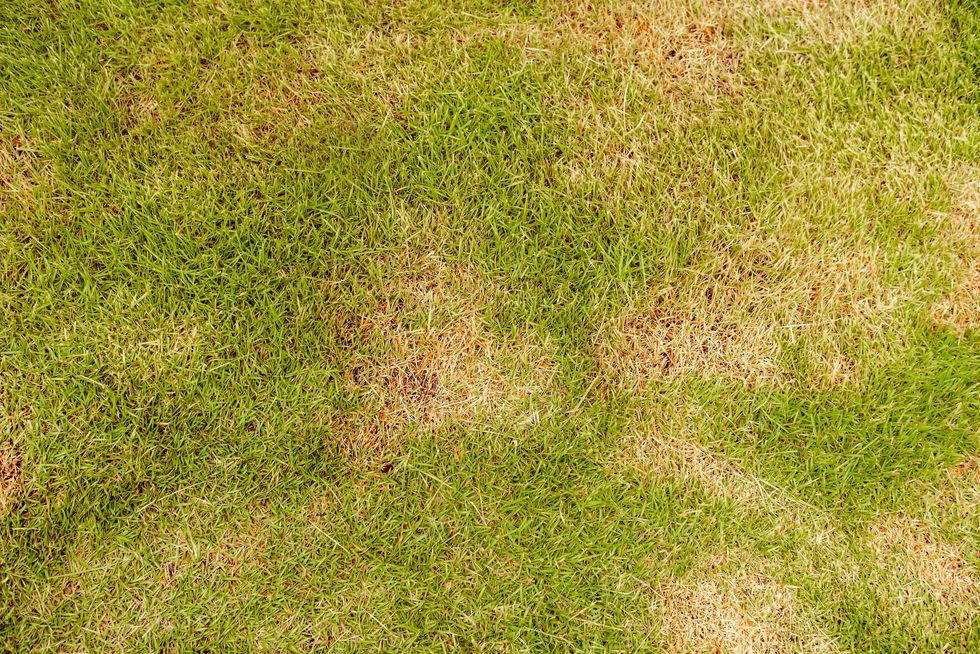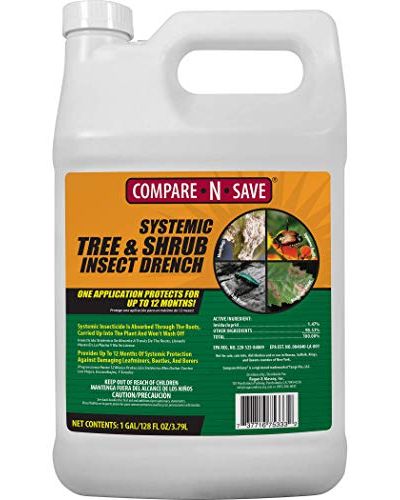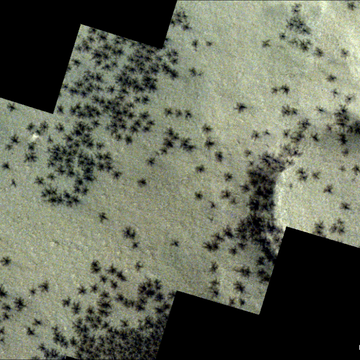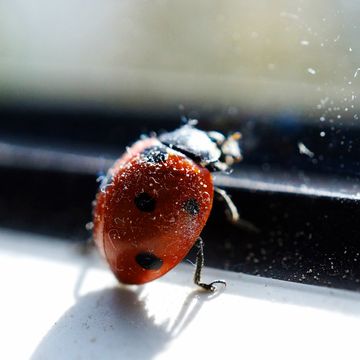When you see a large, skinny winged insects buzzing around your property, it’s easy to assume your home has been invaded by oversized mosquitoes.
But if you look a bit closer, you might actually be dealing with a crane fly. These bugs, which are also known as mosquito killers and mosquito hawks, look a lot like the annoying bloodsuckers, but they are not related, says Nancy Troyano, Ph.D., a board-certified entomologist and Director of Operations Education and Training for Western Exterminator.
Crane flies are in the largest family of flies, called tiplulidae, with more than 1,600 species in North America, adds Howard Russell, M.S., an entomologist at Michigan State University. “Most species are found in damp habitats,” he says. “Many are aquatic or semi aquatic in the larval stages.”
Crane flies tend to emerge in early spring to fall “especially after a rain event during the warmer seasons,” Troyano says.
Crane fly vs. mosquito: How can you tell the difference?
At first glance, they look pretty similar—both have long legs and small wings. But crane flies “are significantly larger in size and with much longer legs,” Troyano says. Mosquitoes are typically less than 1 inch long, while crane flies grow beyond an inch. If you get close enough to look at a crane fly, you’ll notice that it has a more elongated face.
Depending on the species, crane flies can be black, red, or yellow, explains entomologist Ben Hottel, Ph.D., technical services manager at Orkin, LLC. “Their wings may be transparent, brown, grayish-black, or brownish-yellow,” he adds.
Do crane flies bite people?
Good news: They won’t hurt you. “Crane flies do not bite people or feed on blood,” Hottel says. In fact, crane flies don’t eat much of anything.
“Many adult crane flies lack mouthparts to eat, and live off of the fat sources they acquired as larvae,” Troyano says. (The larvae eat the roots of plants and decaying vegetation.) “Those crane flies that do have mouthparts will land on flowers and drink nectar.”
Are crane flies beneficial? Do they actually eat mosquitoes?
Crane fly larvae help decompose organic matter in the environment, while adult crane flies serve as food for fish, birds, small mammals, spiders, and some predatory insects, Troyano says. But despite their “mosquito hawk” nickname, crane flies don’t actually eat mosquitoes.
How to get rid of crane flies and their larvae
If you spot a random crane fly here and there, Russell says you shouldn’t stress over it—you can easily take it out with a fly swatter or rolled up magazine if it bothers you. But if you have a lawn infestation, it’s time to take some action.
1. Scope out the damage.
If you have a crane fly larvae problem, you may notice random brown patches in your yard and even see a brownish paste when they are most active in the spring and fall. In some cases, crane flies can damage turf, especially when there are a lot of them and there is poor soil drainage. (Adults like to lay their eggs in wet soil.)
2. Identify the larvae.
Crane flies only live for a few days as adults, so they’re unlikely to be that much of a pest—but they could be a sign that larvae (a.k.a. leatherjackets) are settled nearby. If you have brown or dying patches in your lawn, investigate the soil to check for larvae, which are about two to three inches long and kind of look like fat, fleshy worms. Dig a one-foot square three inches along any patch, lift the grass, and inspect the area. One or two larvae is no big deal—but a cluster of them calls for treatment.
Treat your lawn.
Treating your lawn with an insecticide is the most effective way to get rid of crane flies and their larvae. “The key for control would be to prevent crane flies from emerging as adults, which is typically the life stage that we see,” Troyano says.
You can either spray your lawn yourself or contact a pest control management service to do it for you. If you want to DIY, most lawn insecticides will work, but it’s often best to look for ones that contain ingredients like imidacloprid, Russell says. One treatment should do the trick. Because crane flies like moist soil, make sure your grass isn’t overwatered and has adequate drainage.
Support from readers like you helps us do our best work. Go here to subscribe to Prevention and get 12 FREE gifts. And sign up for our FREE newsletter here for daily health, nutrition, and fitness advice.


